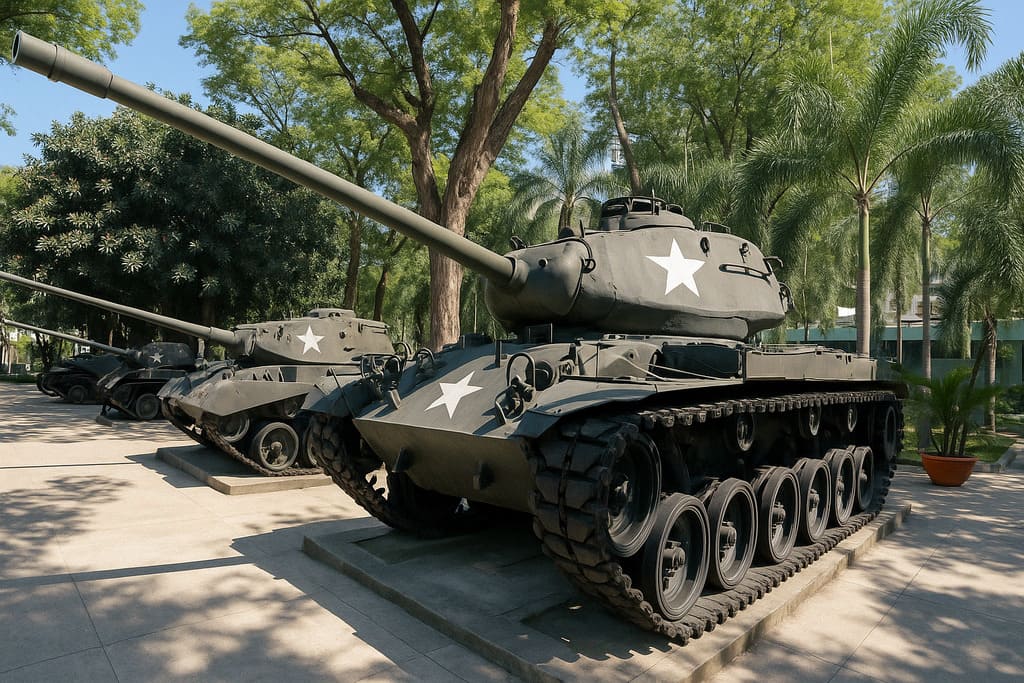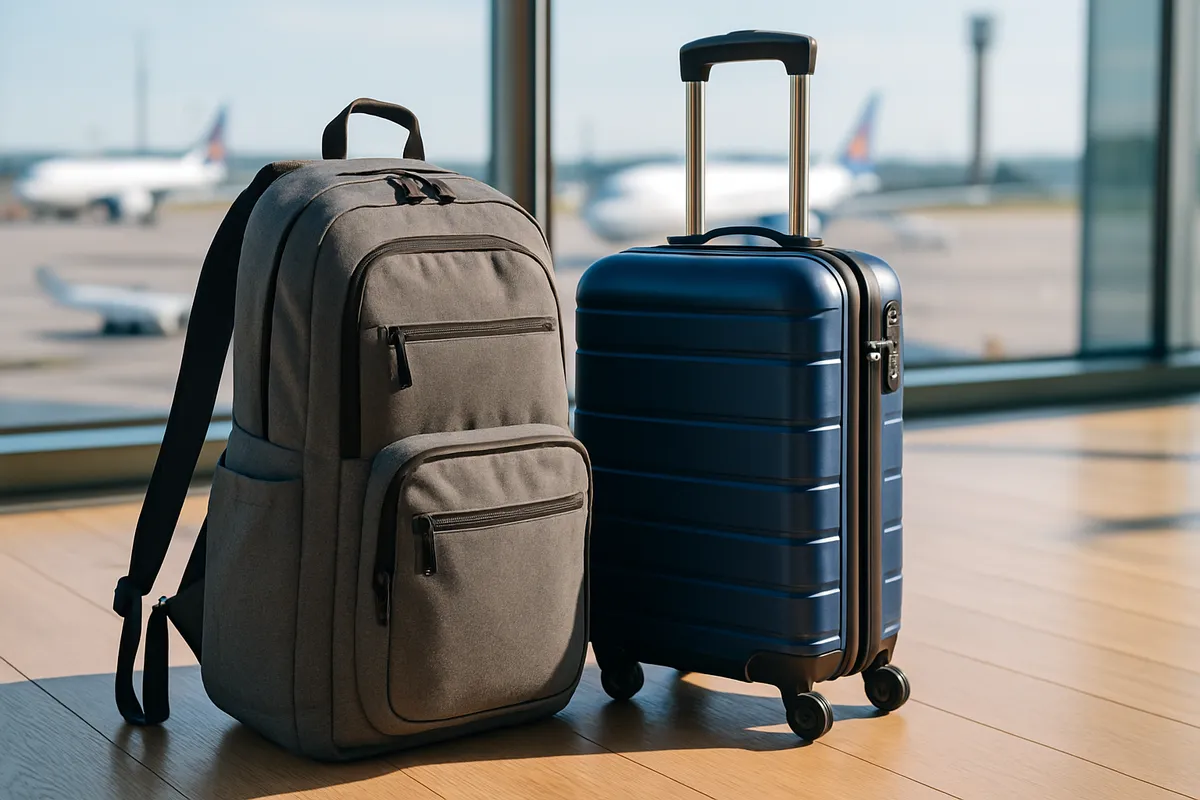The safest and most comfortable train travel experience
- Saturday, Jun 07, 2025, 19:38 (GMT+7)
The safest and most comfortable train travel experience
In recent years, as the idea of slow living becomes more popular and the journey itself takes on greater meaning than the destination, traveling across Vietnam by train has returned as an inspiring and memorable experience. This is not simply a way to get from one place to another. It is a way to connect with the land, with people, with time, and with inner reflection. To make the most of the 1,700 kilometer journey from North to South or the reverse, travelers need thoughtful preparation and a clear understanding of what this kind of travel truly involves.
Trains are not as fast as planes or as flexible as buses. However, they offer something unique. The rhythmic sound of the tracks, the landscapes shifting outside the window, golden rice fields in the Central region, misty mountains in the North, and sparkling blue coastlines in the South all combine to create a moving portrait of Vietnam. Alongside the beauty come real challenges. Long travel times, basic services, limited space, and a pace that not everyone can easily adapt to.
One of the first decisions to make is whether to take the full route in one go or to break it into smaller sections. For travelers focused on exploration, stopping at key destinations such as Hue, Da Nang, Nha Trang, or Phan Thiet helps reduce fatigue and allows for flexible timing and deeper discovery of each region. Those seeking a continuous cross country experience should be well prepared and mentally ready for a journey that can last up to 30 hours.
Seat selection plays a major role in overall comfort. Among available options, the four berth soft sleeper cabins offer the best balance of privacy, temperature control, and peace. The six berth cabins are more affordable but often feel cramped, especially when sharing with strangers. For longer routes, seats should be avoided in favor of beds. A small tip is to choose a lower bunk, which typically experiences less motion and is easier to access.

Luggage should be compact and easy to manage in tight spaces. A 30 to 40 liter travel backpack is far more practical than a large suitcase and fits easily under the bed or on the luggage shelf. Important items to pack include a power bank, noise cancelling headphones, a light jacket, slippers, disinfecting wipes, toiletries, and simple snacks. For light sleepers, an eye mask and earplugs are highly recommended. The train’s air conditioning can be colder than expected, especially at night, so an extra layer helps ensure comfort.
Food is available on board, but the quality is inconsistent. Most meals are pre packed with rice, meat, and vegetables and may be served cold or lack flavor. To stay energized, bring sandwiches, crackers, fruits, and water. Travelers who enjoy hot meals can carry a small travel kettle or insulated flask for instant noodles or coffee. At major stations such as Vinh, Hue, or Nha Trang, local vendors often offer tasty and affordable food like sticky rice, steamed cakes, and meat sandwiches.
Train schedules are not always precise. During peak seasons or in bad weather, delays from 30 minutes to several hours are not uncommon. Travelers should leave buffer time in their itineraries, especially if connecting with flights or fixed appointments. The best way to cope is to relax and treat delays as part of the adventure. Offline books, downloaded music, and casual games are helpful ways to stay entertained when the train stops or the network is unstable.
Personal safety deserves serious attention. With many passengers on board, not everyone is careful with belongings or respectful of space. Keep valuables close at all times. At night, store phones and wallets near your body, not on the table or pillow. Solo female travelers should consider booking an upper bunk in a closed cabin and limit private conversations with strangers for security reasons.
One of the joys of train travel in Vietnam is meeting people from different walks of life. A retired farmer heading to visit family, a group of students on a budget trip, or young backpackers with guitars and stories to share can all become part of your travel memory. These connections may be short lived but often leave a lasting impression.
Expectations should be realistic. Vietnam’s rail system is still improving and some cabins may lack cleanliness, punctuality, or comfort. But with the right mindset and preparation, these imperfections become part of the story. They make each station more meaningful and each mile more personal.
Travelers can benefit from choosing evening departures. This saves accommodation costs and allows waking up in a new city. Trains like SE3 and SE1 are known for better service and time management. Booking tickets seven to ten days in advance gives access to better seats and sometimes lower prices. Avoid unofficial agents to reduce risks of scams or overpriced tickets.
The train across Vietnam is not the fastest choice, but it is one of the most immersive. It allows travelers to observe, reflect, and truly experience the country. The journey builds patience and feeds curiosity. It turns the unknown into something deeply personal and unforgettable.
There is no need to rush when riding the rails. And there is no reason to doubt the value of what lies between the starting point and the destination. With good planning, flexibility, and an open heart, the train journey across Vietnam becomes more than travel. It becomes a memory worth keeping and a story worth sharing.

 CHECKIN.VN
CHECKIN.VN








Share on